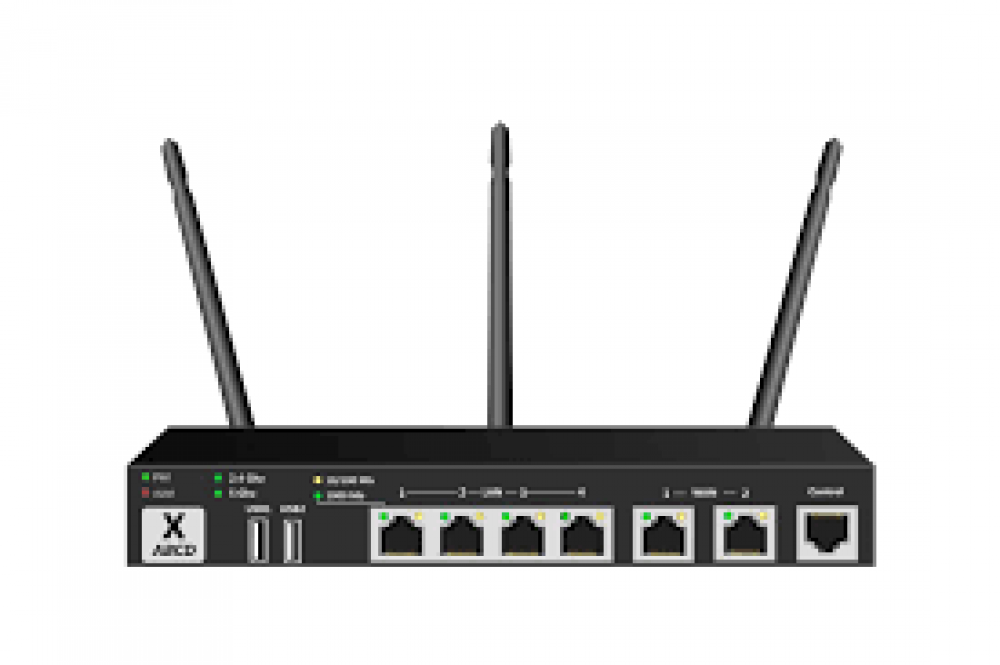
How To Access Your Routers Password If You Forget It
How to Access Your Router's Password If You Forget It
If you've forgotten your router's password, purchased a used router, or are simply assisting a friend with their setup, you can reset the router's password to the factory default setting.
Routers use a default username and password to protect their web interfaces, which allow you to configure their networking, parental control, and port forwarding settings. You can change these default passwords to something more secure, but you are still responsible for remembering which credentials you used. If you're working with a router for which you don't know the password, you'll need to reset it to its default configuration and then determine what those default credentials are.
Locate the Default Username and Password
Prior to resetting your router to its default configuration, you should attempt to log in using the default username and password. It's possible they were never changed at all. Additionally, because resetting the router clears all of its settings, it's worth attempting those default credentials first. Furthermore, you'll require them if you decide to reset the router to its factory default settings.
There are several methods for obtaining this data:
• Consult the manual for your router: Different router models—even those manufactured by the same manufacturer—frequently have unique username and password combinations. Look in the router's manual for the default username and password. If you've misplaced the manual, you can frequently locate it by conducting a Google search for your router's model number and "manual." Alternatively, you can conduct a search for your router's model and "default password."
• Locate a sticker on the router: Certain routers—particularly those provided by your Internet service provider—come pre-configured with unique passwords. These passwords are occasionally printed on a sticker attached to the router.
• Make an attempt with a well-known username and password combination: By default, many routers use a blank username and the password "admin" (without the quotes), the username "admin" and a blank password, or the username "admin" and a blank password, or "admin" as both the username and password.
• Visit RouterPasswords.com for more information: If you don't have access to the manual and the common defaults don't work, RouterPasswords.com has a fairly comprehensive list of default usernames and passwords for various routers.

If the default router credentials do not work, you will need to reset the router to its factory default settings in order to use the default credentials.
Reset the Router to Factory Default Settings
Routers include a small, hidden button that can be used to restore the router to its factory default settings. This clears any changes you've made to the router's configuration—forwarded ports, network settings, parental controls, and custom passwords are all cleared. After the reset, you'll be able to log in to the router using the default username and password, but you may need to spend some time reconfiguring it.
The specific procedure (and location of the reset button) varies by router. Consult your router's manual for any model-specific instructions for the best results. However, the procedure is generally identical on the majority of routers.
To begin, inspect the router's back (or perhaps bottom). You'll notice a special Reset button. This button is frequently concealed within a depressed hole, referred to as a "pinhole," to prevent accidental pressing.
To reset the router, press and hold this button for approximately 10 seconds (while the router is connected to power). When you release the button, the router will reboot and restore factory default settings. If the button is located in a pinhole, you will need to press and hold the button with a bent paperclip or another long, narrow object.
You can log in using the default username and password after resetting the router.
How to Forward Ports without Knowing the Password
Do you simply wish to enable the router's web interface and forward ports to a server, game, or other networked application? If this is the case, you are not required to know the password. This trick is also useful if you are connected to another person's network but do not have access to the password.
This is possible due to the fact that many routers support Universal Plug and Play (UPnP), which enables programs on your computer to "ask" the router to open ports for them. If the router supports UPnP, it will automatically open the port.
If a program supports this option, it is typically located alongside the port configuration in the program's connection settings. NAT-PMP, which you may also see, is a similar method of automatically forwarding ports, but it is supported by a smaller number of routers.

If you are using a program that does not include built-in UPnP support, have no fear. You can quickly forward ports from a desktop application by using a program like UPnP PortMapper. You are free to forward any ports you wish.

Once the router's settings have been reset, you can log in using the default username and password and change the router's password via the web interface.
Courses and Certification
Computer Networking Course and Certificate
CompTIA Network+ Course and Certificate
Computer Security Course and Certificate

